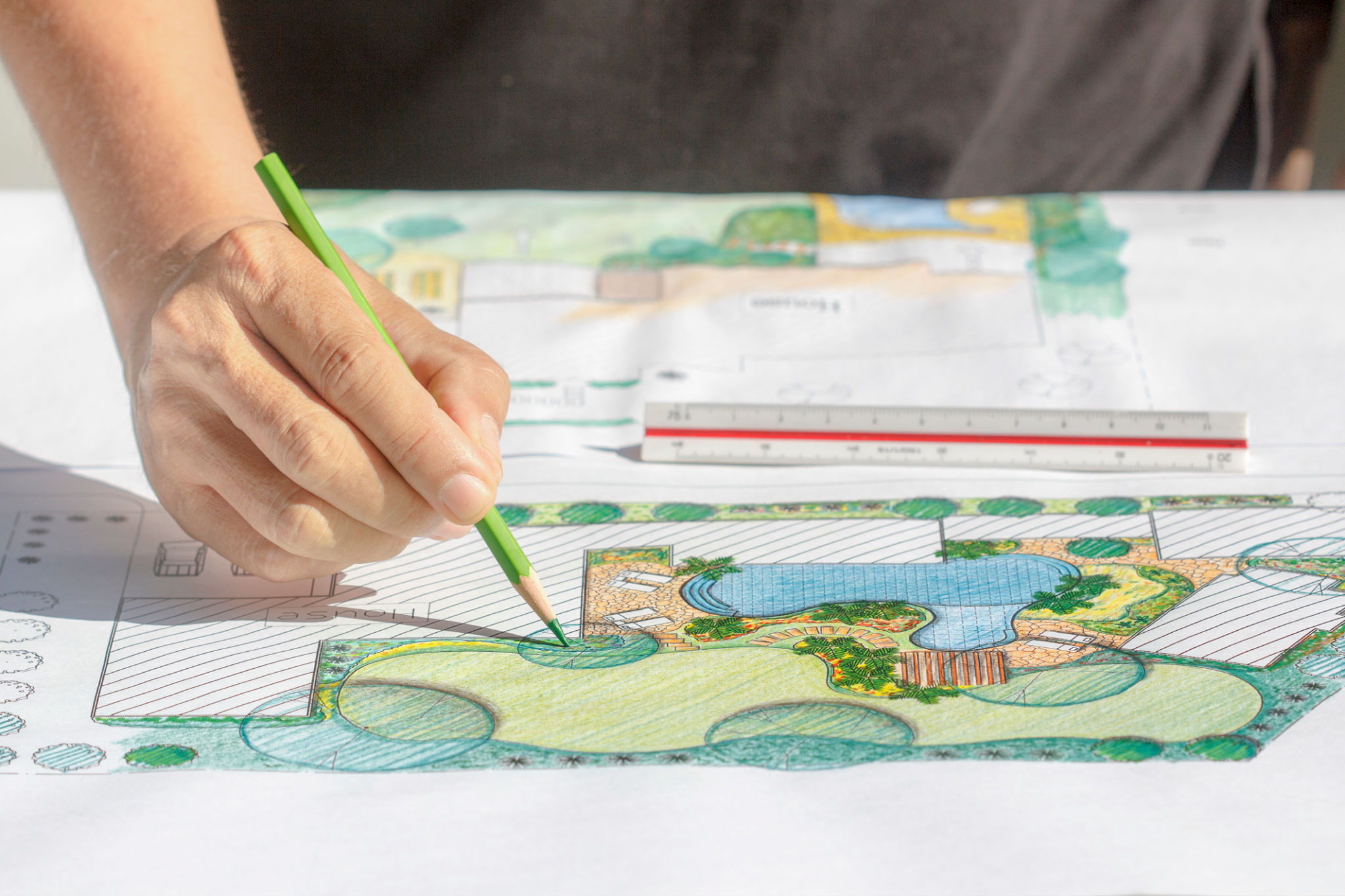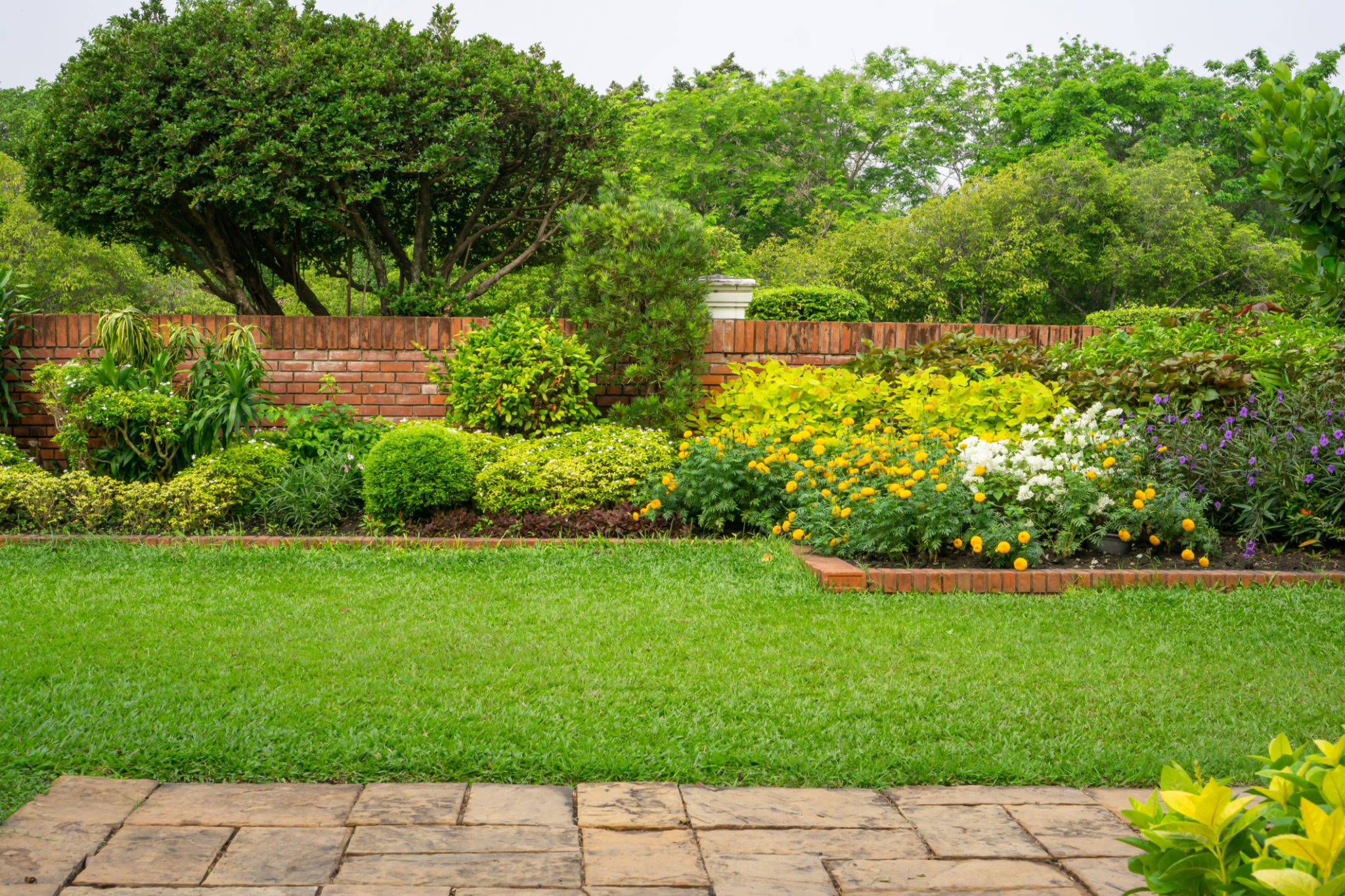Transform Your Outdoor Space: DIY Landscaping Tips for Beginners
Planning Your Space
Transforming your outdoor space into a beautiful, functional area doesn't have to be an overwhelming task. With some careful planning and a bit of creativity, you can create a stunning landscape that reflects your personal style. Start by assessing the size and shape of your yard. Take note of existing features like trees, fences, and pathways.
Consider what you want from your outdoor space. Do you envision a tranquil garden retreat, a vibrant entertainment area, or a family-friendly yard with plenty of room for play? By defining your objectives, you'll have a clearer vision to guide your landscaping efforts.

Choosing the Right Plants
One of the most crucial aspects of landscaping is selecting the right plants. Choose plants that are native to your region, as they are more likely to thrive with minimal care. Consider factors like sunlight, soil type, and climate when making your selections. It's also important to think about the height and spread of plants to ensure they fit well within your space.
For beginners, starting with easy-to-grow plants can provide a sense of achievement. Some low-maintenance options include lavender, daylilies, and ornamental grasses. These plants not only add beauty but also require less watering and care.

Creating Focal Points
Focal points are essential in drawing attention and adding interest to any landscape. These can be anything from a stunning tree or shrub to a water feature or garden sculpture. When selecting a focal point, consider the scale of your space and choose something that complements it without overwhelming it.
Placement is key when it comes to focal points. Position them in areas where they can be easily viewed and appreciated. Experiment with different angles and perspectives to find the most visually appealing arrangement.
Incorporating Pathways
Pathways not only enhance the functionality of your outdoor space but also contribute to its aesthetic appeal. They guide visitors through your garden and create a sense of flow. Materials like gravel, stone, or stepping stones are popular choices for pathways due to their durability and natural look.
When designing pathways, consider their purpose and placement. Are they leading to a specific area, or are they intended to create a sense of meandering exploration? Curved paths can add a touch of whimsy, while straight lines convey formality.

Adding Lighting
Outdoor lighting can transform your yard into a magical space once the sun sets. It not only enhances safety and security but also highlights your landscaping features. There are various options available, from solar lights and string lights to spotlights and lanterns.
When installing lighting, focus on key areas such as pathways, entryways, and around focal points. Use a mix of lighting types to create depth and dimension. Remember to opt for energy-efficient solutions to keep your environmental impact low.
Maintaining Your Landscape
Once you've transformed your outdoor space, maintaining it is crucial to ensure it remains beautiful and healthy. Regular tasks like watering, weeding, and pruning will keep your plants thriving. Consider setting up a maintenance schedule to stay on top of these activities.

If you're new to gardening, don't hesitate to seek advice from local gardening clubs or online forums. They can offer invaluable tips and insights based on shared experiences, helping you refine your landscaping skills over time.
Enjoying Your Transformed Space
With your landscaping project complete, it's time to enjoy the fruits of your labor. Invite friends and family over for an outdoor gathering or simply relax in your newly transformed space with a good book.
Remember that landscaping is an ongoing journey rather than a one-time task. As you spend more time in your garden, you'll likely discover new ideas and improvements that will continue to enhance your outdoor oasis.
